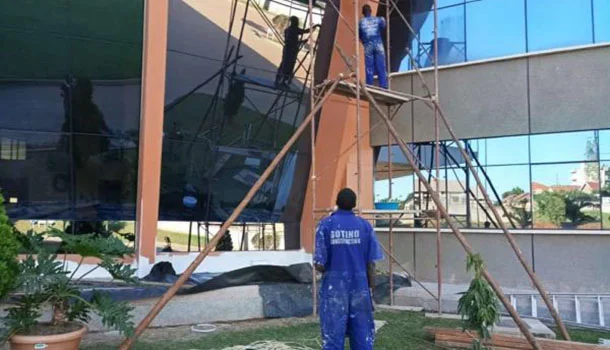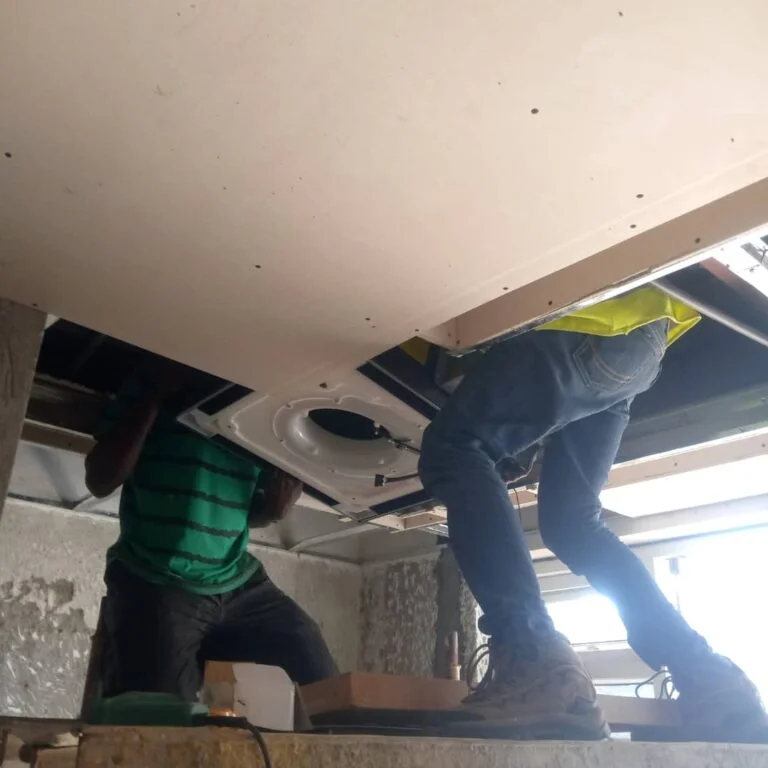Why do buildings collapse?

Why do buildings collapse? wind load?! Aren’t buildings supposed to be designed to withstand wind load?
Witchcraft: Really?
God once interfered in a construction project when the people of Babylon were planning to build a tower that would reach heaven.
“Come, let us go down, and there confuse their language, that they may not understand one another’s speech”, said the lord in Genesis 11:7.
The tower of Babel was never completed. It derives its name from the Hebrew word balal (confusion). “…because the lord did there confuse the language of all the earth…”
In 2004, a hotel building in Bwebajja on Entebbe road collapsed as it was being constructed.
The root cause of the collapse of the building was reported, by the nine member investigative committee headed by Eng. Dr. Jackson A. Mwakali, to be “weak columns as a result of undersized columns, [and] insufficient steel reinforcement coupled with poor concrete”. There wasn’t a single construction contractor on that committee which recommended, among other things, that the Building Control Bill be quickly passed to curtail informal construction works.
You would think a contractor – the man who is directly responsible for constructing the buildings that are collapsing – would greatly enrich such a committee’s experience.
Parliament eventually passed the bill in 2012, eight years after the recommendation was made and after a number of other fatal collapses had happened.
Construction of the Bwebajja hotel might have been done informally, but the NSSF Pension Towers project was being done in the most formal manner when, while still doing construction works in the basement, a collapse occurred killing and injuring several workers. More buildings have collapsed since the passing of the Building Control Bill, the most recent one being the six storey building in Kansanga which collapsed in August 2014.
Committees have been constituted to carry out investigations every time these buildings collapsed, and they have made reports which are probably gathering dust on some shelves as more buildings collapse.
The reasons buildings fall to the ground are as diverse as the modes in which buildings fall down. But almost all have something to do with the confusion that is prevalent in the construction industry. We have clients who cannot differentiate between an architect and engineer nor appreciate the role of either on a construction project. We have architects who cannot communicate effectively in a language that clients understand, let alone produce adequate production drawings. We have every civil engineer posing as a structural engineer. And then we have quack architects and quack engineers and briefcase contractors.
We have contractors who cannot read contracts; cannot read drawings and only seem to know how to count money.
We have construction workers who are taught in vocational institutions using the imperial system of measurement while their supervisors and consultants are taught at university to use the Metric system of measurement. We, therefore, have architectural and structural drawings dimensioned in millimeters and meters to be used by workmen on-site who use feet and inches.
We have supervisors who speak in metric to supervisees who can only understand imperial. And we have workmen who report in imperial to bosses who find it a nightmare making an easy conversion from imperial to metric.
We have local authorities which carry out building approvals with a team that includes local councilors but excludes architects. We have manufacturers and suppliers of construction materials who have flooded the market with products that do not adhere to the BS-British Standards that the consultants use in specifications.
We have professional bodies and associations which work in isolation even when it would be to their advantage and for the good of the construction industry were they to work together and speak one language, have one voice.
We generally have an industry which is a perfect ball.https://www.ipl.org/essay/Essay-On-Building-Failure-PCNLYZQ3RG



